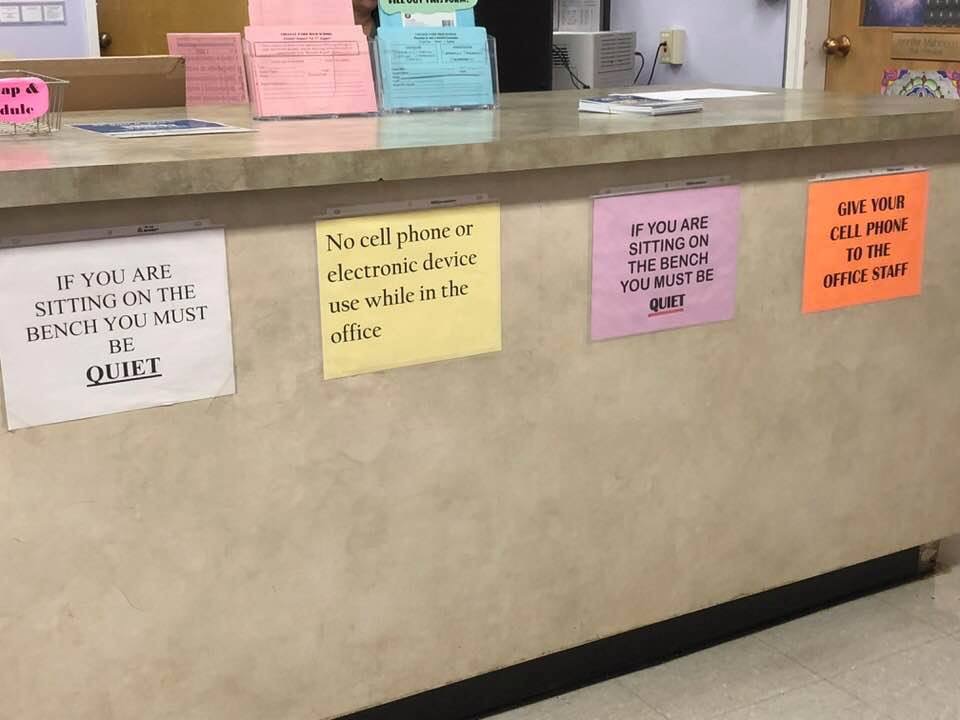This week I was reflecting a lot on leadership and more specifically the self-care of leaders. In one of my recent coaching engagements, I was pulled back into the reality of being a school principal and it was almost as if I was experiencing it all over again. Triggered by conversations I was having, I was flooded with all the memories (good and bad) and the reality of the day to day grind of being a school principal.
First one to pull into the school parking lot every morning, last one to drive away in the evening. Attending every school function, district meeting, and school board meeting. Accepting the invites I received from students to attend special events. Carving out time to go out of my way to connect with students, parents, and teachers. Sound familiar?
This was my life as a school principal and I know this is the life that many of you lead. It was the hardest job I ever had and yet I loved every minute of it. Upon reflection, I think I would have enjoyed my role as a principal even more if I had practiced a little more self-care. If I could go back and do it all over again, I would be kinder to myself AND I would be a little more vocal about my needs as a leader. Here are three things I would change to show myself a little more self-love:
Change Your Inner Dialogue: It sounds so basic, but the inner dialogue we have with our self is the loudest and most prominent voice we hear. Are you constantly telling yourself all the things you have to do as a leader? Do you focus on your shortfalls? What might happen if you started talking up all the positive things you are doing as a leader? Think about how you speak to yourself. Is it with love, acceptance, and kindness or is it harsher and filled with critiques? I challenge you to try to quiet the critical voice in your head. Try to let the words of gratitude and self-love prevail - even if you can’t do it for the full day, try it for an hour. Or better yet, try to start your day telling yourself all of the amazing things you are accomplishing! I try to practice what I preach and still find this one difficult, however, when I am headed into a particularly challenging meeting or presentation I have started to take a private moment, where I can take a few deep breathes and do a superhero pose. Sound strange? Try it! It makes all the difference!
Choose Your Colleagues Wisely: No you don’t actually get to choose your colleagues, but you do get to choose which colleagues you spend time with. Make it point to surround yourself with colleagues who lift you up and share a positive view of the work you are doing. Have you ever noticed that negative energy begets negativity? Well, the same is true for positivity. Surround yourself with positive people and you can’t help but notice the difference it has on your mood. I’d encourage you to take this one step further and find a colleague who challenges you in a good way! For me, this person is a former colleague and school leader, Katie Kinnaman. We no longer live in the same state, but a few calls every month and Katie challenges me to take on new challenges!
Negotiate For What You Need: You are being asked to take on herculean tasks and probably wouldn’t have it any other way. But here is the thing, it is well within your rights to ask for the support you need. What if you actually scheduled a conversation with your boss about the support you need? I remember all too way, starting at a new school in a new district and thinking YIKES I need more support, but I felt like I was too new to ask for it. It took awhile, but I finally drummed up the courage to set up a meeting with my Superintendent and negotiate for what I needed. The conversation was so successful, my only regret was that I had waited so long to do it! Try structuring the conversation ahead of time with this easy to use download.
I’d love to hear what other supports you might need to lead more like a designer! Reach out, let’s chat!




